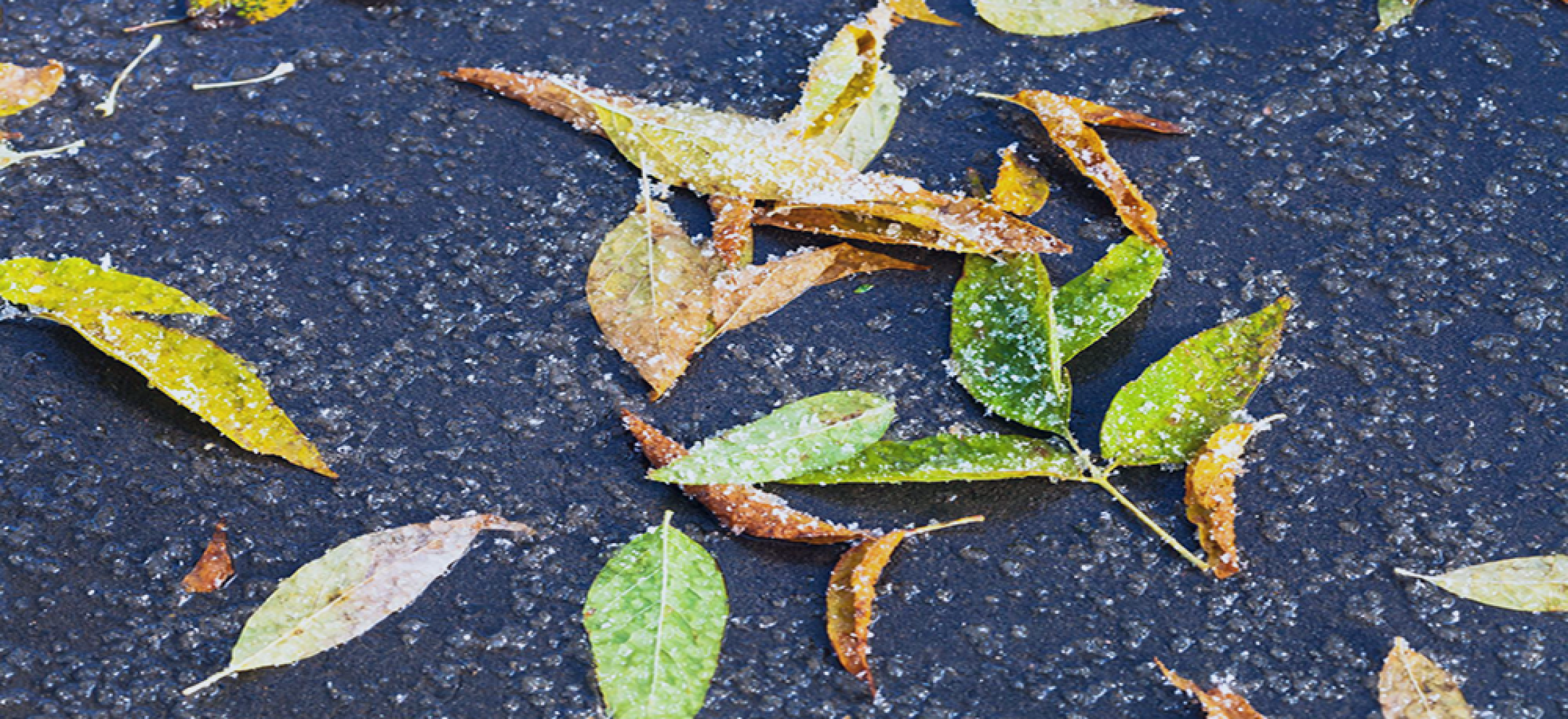Every new season brings with it a new set of risks that insurers are looking for and insureds should address. After all, as Benjamin Franklin reportedly said in 1736, “an ounce of prevention is worth a pound of cure.” In that vein, the seasonal change from fall and then into winter brings a host of issues that businesses should review, and if necessary, address.
Below are several key areas that should be on your fall and winter review checklists:
-
- Slip and fall hazards: It’s important that companies ensure their common walkways and other public areas are properly maintained, clearing them of leaves in the fall and snow/ice in the winter. Slips and falls on wet leaves or uncleared ice increases the risk profile of a property, and multiple occurrences can result in higher premiums or deductibles, which isn’t favorable to the insured. Make sure you have a plan in place to keep walkways and public areas clear and safe for those using them. Additionally, companies should make sure they document and keep records of when walkways were cleared and what specific actions were taken (clear snow, lay salt, etc.). In the event of a claim, this documentation can be helpful to your case.
- Trip hazards: Cycles of freezing and thawing in winter can cause areas of sidewalks to raise and lower, which can result in trip hazards. Similar to keeping areas maintained to avoid slips and falls, the autumn months are an ideal time to repair cracks in sidewalks where water can seep in and make them more of a hazard.
- Outdoor lighting: The beginning of every new season is a good time to conduct a maintenance check of all outdoor lighting. This includes replacing bulbs, making sure there is adequate outdoor lighting in all public areas, and making sure outdoor lights are turning on earlier at night and staying on later in the morning. Making sure people can see where they are going is another step businesses can take to reduce slip and trip hazards, while also playing a role in preventing crime.
- Handrails: As the risk of slips and falls increase, those on your property will be more likely to use handrails. Business owners should survey their property to make sure that handrails are installed in the right places and that they are secured.
- Roofs, trees, and gutters: Areas that are prone to snow collecting on roofs for extended periods have a higher probability that precipitation is going to enter the building. Similarly, roofs with overhanging trees run the risk of storms breaking off tree limbs, which can lead to roof or other property damage. Business owners would be wise to have their roof checked before the snow comes and, if necessary, hire an arborist to trim any trees which pose a risk. Gutters should also be inspected and cleaned because when they are full of debris and leaves, water can back up onto the roof and get inside the building. In addition to this being a helpful tip for insurance purposes, these preventative measures can also play a big role in protecting against having to incur business losses because of property damage that shuts down the business while repairs are underway.
- Openings and pests: In colder months, food becomes scarce for animals who are also looking for warmer places to live. Openings that are not properly sealed can lead to pest infestations that can cause property damage or health issues that shut down a business. Now is the time to find and fix any potential issues. Similarly, businesses should ensure that their trash is properly secured to avoid inadvertent infestations.
- Weatherstripping: Don’t wait for the elements to show you where your weatherstripping may be absent, cracked, or worn. Now is a good time to review, replace, and seal any openings that might allow water or cold air to penetrate or damage your building.
- Smoke and carbon monoxide detectors: As you change your clocks to accommodate the end of Daylight Saving Time, it is a good time to test your property’s smoke and carbon monoxide detectors to make sure they have functioning batteries and are in good working order.
- Pipes: Businesses should ensure outdoor faucets are drained to protect against freezing or burst pipes, and that pipes at risk are properly insulated.
- Heating systems: Ensure that your boiler and heating system are inspected by a certified technician to make sure that they’re in good working order for wintertime. Businesses who use oil heating should also take the opportunity to fill their oil tanks now, which will save them money as oil prices will rise in the wintertime.
While these steps may not directly correlate to a discount or lower premium in the short-term, keeping your property in good condition can lead to fewer claims, which can result in lower premiums over the long run.
One key benefit of sending your submission to Joyn is that we share our full loss control report with you. Our team is standing by for your submissions. Reach out to letstalk@localhost for more information.
